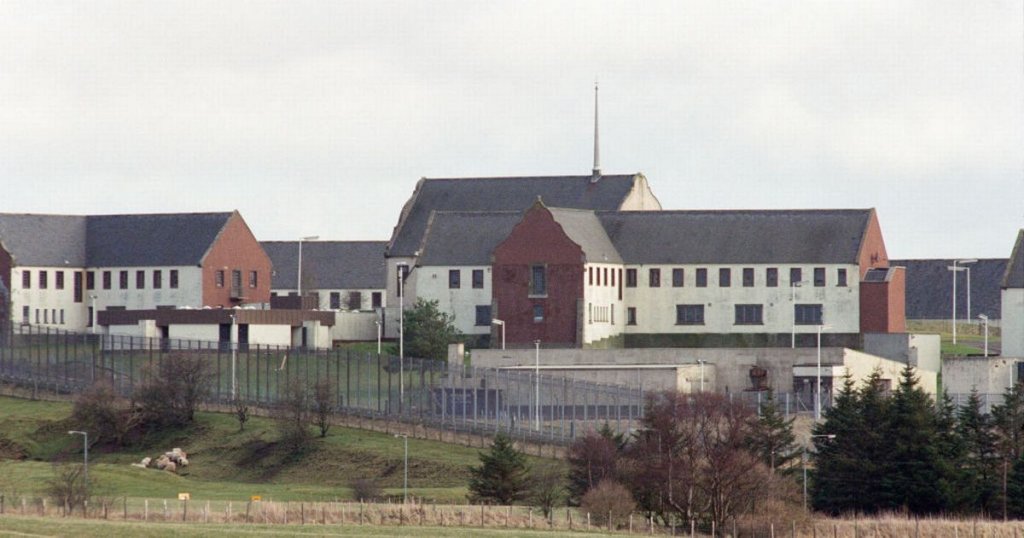

The Bank of England played an important role in helping the Government finance the war, for example by issuing War Stocks in 1914. Today, we honour those members of staff, along with those who died during World War Two, in the Bank’s entrance hall and with a statue in the garden court that was commissioned after the war. Seventy-one Bank of England staff lost their lives during World War One.
Kingdom new lands old lady full#
On 10 August 1914, the Court of Directors minutes announced that the Governor ‘had granted leave with full pay to as many clerks as could possibly be spared to serve in the Defensive Forces of the Country.’ In 1943, we temporarily stopped issuing denominations greater than £5 to tackle the threat of counterfeiting. At the time a Bank of England banknotes expert described them as ‘the most dangerous ever seen’.Įmergency measures were taken to slow this down, including the 1940 special blue £1 note, which is the first time we used a metallic thread in a banknote. The way they were produced had also continued unimproved, with the result that they were copied extremely successfully by the Germans.Īlmost 9 million notes with a face value of £134 million were printed by the Nazis – a figure that represented more than 10% of the total banknotes then in circulation in the UK. The project was codenamed ‘Operation Bernhard’.Īt this point in time, the design of our high-value banknotes (from £5 up to £1,000) had not changed for almost a century. These forged notes were printed in the Sachsenhausen concentration camp outside Berlin. In an attempt to destabilise the British currency during the war, the Nazis introduced forged £5 notes into Britain. The next day’s interest rate rise to 15% was cancelled, and regular meetings between the Chancellor and the Governor were set up to help the Chancellor with monetary policy. It was estimated to have cost HM Treasury over £3 billion. The ensuing financial crash was referred to as ‘Black Wednesday’. However, following massive rises in interest rates and intervention in the foreign exchange markets that failed to move sterling from the floor of the ERM, the Government made the decision to pull out, as the cost to try and keep it within the boundaries was deemed too expensive. All currencies had to remain within two agreed price points. This was seen as preparation for monetary union, which eventually led to the European single currency (the euro). The European Exchange Rate Mechanism (ERM) was set up in 1979 to reduce exchange rate variability and achieve monetary stability across Europe.

The PRA’s statutory powers and enforcement
Kingdom new lands old lady code#
Money Markets Committee and UK Money Markets Code Greening our Corporate Bond Purchase Scheme (CBPS) Operational resilience of the financial sector Financial market infrastructure supervision


 0 kommentar(er)
0 kommentar(er)
